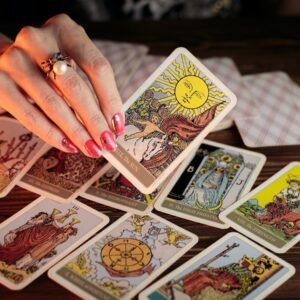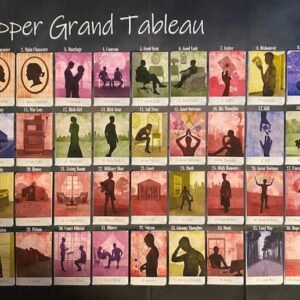
by Madhavi Ghare | Deck Review, Knowledge, Tarot, Tarot Card Decks |
 The Cathar Tarot is a new deck that will be released on the 20th of December, 2016. I recieved a copy of The Cathar Tarot from the deck publishers in return for a honest review.
The Cathar Tarot is a new deck that will be released on the 20th of December, 2016. I recieved a copy of The Cathar Tarot from the deck publishers in return for a honest review.
To be honest, as I started out, I did not have much knowledge of the Cathars. And I don’t claim to be an expert either. However, from a complete novice’s point of view, this deck does create a great entry point to get to know of the life and the culture of a people that have, sadly, been obliterated from this world.
The Cathar Tarot
The Cathars existed during the Middle Ages, and were found in Italy, Germany, Flanders, England, and France. The name ‘Cathar’ seems to have been derived from the Greek word ’katharoi’, which means ‘the pure’. They rejected several formalized beliefs of the Roman Catholic Church and believed that the world was not created by God, but by the Demiurge, a reflection of the real Creator. This world, therefore, was a poor copy of humanity’s true home, which is an earthly paradise where there was no ‘fall’, no ‘sin’, and no one was expelled from Eden.
Some interesting facts about the Cathars include: they were vegetarian, and they had pretty open view about sex. More than that though, the Cathars were a gentle people, and had very tolerant views about other religions.
Ultimately, these people were branded as heretics by the Church and were systematically hunted down and slaughtered.
A number of legends still prevail about them, chief among which is the belief that they held the secret to the Holy Grail, or even the Grail itself.
Deck Theme
The Cathar Tarot Card Deck is an interesting depiction of the beliefs, life and lifestyle of the Cathars in the Middle Ages. The images draw upon the beliefs of the Cathars, and then upon an ancient belief system called ‘Gnosticism’.
Deck Creator(s) and Artist(s)
The deck creator, John Matthews, and the artist, Wil Kinghan have used the universal symbolism and appeal of the Tarot structure to share the wisdom of these wonderful people with the rest of the world.
I liked how the artist has used a very interesting drawing style for the card images — you often find art and fresco drawings from the Middle Ages drawn in this exact way! I thought that this was a great way to connect with the time-period that the Cathars existed.
The Cathar Tarot: The Cards
The Cathar Tarot Card Deck comes packaged in a very sturdy box that holds the cards and a 112-page book that contains full color illustrations.
 The cards are approximately 3 inches wide and 4.5 inches tall, and have rounded edges. The card stock itself is pretty thick, and so the entire deck is a bit of a thicker pile compared to, say, the Universal Waite Tarot Card Deck.
The cards are approximately 3 inches wide and 4.5 inches tall, and have rounded edges. The card stock itself is pretty thick, and so the entire deck is a bit of a thicker pile compared to, say, the Universal Waite Tarot Card Deck.
Regardless, shuffling the deck isn’t that hard for me — and I have relatively smaller hands. Probably the reason lies with the surface of the cards which is smooth and not matte.
Back Design
 The back design is pretty, and features the Cathar seal. This is a part of the armorial bearings of the Counts of Toulouse and can be seen in the Languedoc region of France, where the Cathars had their final stronghold. This design is therefore also known as the ‘Cathar Cross’.
The back design is pretty, and features the Cathar seal. This is a part of the armorial bearings of the Counts of Toulouse and can be seen in the Languedoc region of France, where the Cathars had their final stronghold. This design is therefore also known as the ‘Cathar Cross’.
Due to the coloring though, one is able to easily know if the card is upright or reversed. For those of us who use reversed cards in readings (like I do), back designs like these can be a bit frustrating. However, I overcome this by closing my eyes while pulling the cards — that way I don’t get affected regardless of the card’s direction.
LWB
and/or Book
 The deck is accompanied by a 112-page full color illustrated book.
The deck is accompanied by a 112-page full color illustrated book.
The guidebook contains quite a bit of information about the Cathars, their way of life, and their belief systems. The card illustrations for the Major Arcana cards are big (take an entire page) but are comparitively smaller for the Minor Arcana.
The font size is pretty small though, so you may need your reading glasses for this one.
What I really liked about the guidebook is that the information is presented slowly, and it builds upon itself as you keep reading. As you read through the information of the Major Arcana cards, you learn more and then a bit more about the Cathars’ life and belief.
While I am not completely averse to info-dumps, I did like this approach very much — somehow, I wanted to keep on reading and thus learning more about these lovely people.
Meanings (Upright and Reversed)
For both, the Major and Minor Arcana cards the description included the information about the context and the imagery, and keywords for the ‘Light’ and ‘Dark’ aspects of the card’s meanings.
This is particularly useful for those of us who use reversed card meanings in our readings.
More Information
The back of the book contains a section where the deck creators talk about how one can get to know the deck better, and activate the cards. Three spreads, the ‘Cathar Cross Spread’, and the ‘Court of Wisdom Spread’, and the ‘Grail Knight Spread’ are included, along with a sample reading.
Finally, there are a few passages from actual Cathar writings that add to our knowledge of the Cathars and their beliefs and lifestyle. And if you are truly drawn into this, there is a short list of books and websites where you can learn even more.
The Cathar Tarot: Majors. Minors. Courts. Suits.
The deck follows the Rider-Waite-Smith format — the Minor Arcana cards have pictures on them. And if you have experience working with the Rider-Waite-Smith or similarly-formatted deck, learning this deck won’t be hard.
In keeping with the deck’s theme, the suits are named as follows:
- Wands: Book of Shields
- Swords: Book of Swords
- Cups: Book of Love
- Pentacles: Book of Wisdom
The names of pretty much all the Major Arcana cards are also in keeping with the deck’s theme. Here however, they do not follow the Rider-Waite-Smith pattern — Major Arcana 8 is Justice, and Major Arcana 11 is Strength.
A comparative list of the names of the Major Arcana cards is also provided at the back of the book.
The Cathar Tarot: Reading with this Deck
As you may have seen, I’ve been doing my daily card readings for this month, on Instagram, with this deck, and the information flows so smoothly from the imagery!
My Experiences and Thoughts
Since this is a new deck for me, I do carry the book with me and glance through it while I look at the card image. But, even if I didn’t have the book, I wouldn’t suffer much. The imagery of the cards lends itself very beautifully to the storytelling process and to an intuitive reading.
Knowing the meanings of the symbols and the context specific to the Cathars beliefs and lifestyle does help — but if you are in a bit of a rush, and can’t refer to the book, then too, you won’t go wrong if you just mined the cards’ imagery and used your intuition to seek guidance. IMHO, this is the best thing about the Cathar Tarot Card Deck.
Video
I also made a video where I talk about this deck, and where you can get a sneak peek at the cards as well. Enjoy!
The Cathar Tarot Giveaway
The fun thing is that I accidentally ended up getting two copies of the deck in the mail. That meant only one thing. A Giveaway!
So go ahead and enter yourself into the giveaway thingy below. The giveaway ends 12 a.m. EST on the 9th of January 2017, and I will announce the winners on my Instagram and FaceBook, and also in the Comments section of this blog. The deck will be sent via USPS (and I think I ought to be able to provide a tracking number as well).
Buy Your Deck Now!
The giveaway has since ended, but you can still buy a copy of the lovely Cathar Tarot deck on Amazon!
Your Turn…
What do you think about this wonderful deck? Would you want to buy it for yourself? Or do you already have it? Do share your thoughts and experiences with me in the comments section below. It would be interesting to hear what you thought of this deck.


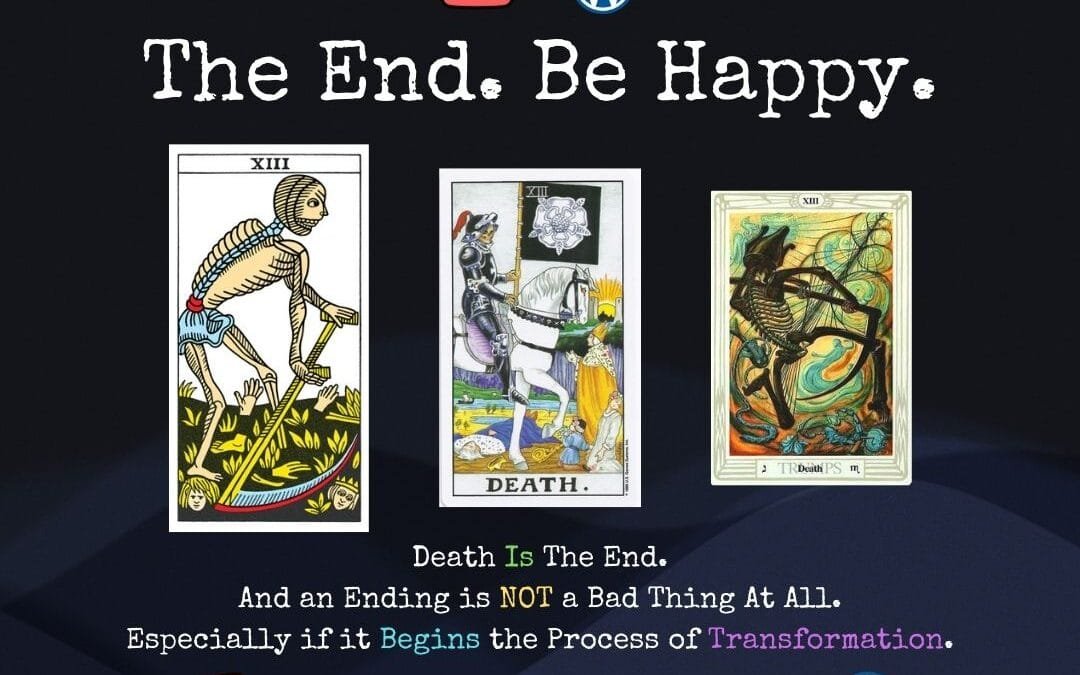



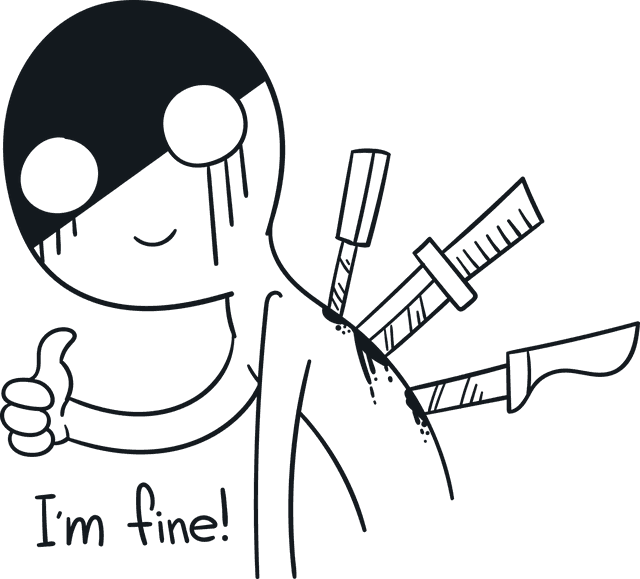
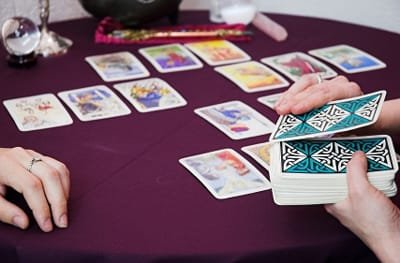


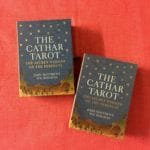 The Cathar Tarot is a new deck that will be released on the 20th of December, 2016. I recieved a copy of The Cathar Tarot from the deck publishers in return for a honest review.
The Cathar Tarot is a new deck that will be released on the 20th of December, 2016. I recieved a copy of The Cathar Tarot from the deck publishers in return for a honest review.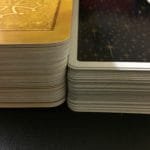 The cards are approximately 3 inches wide and 4.5 inches tall, and have rounded edges. The card stock itself is pretty thick, and so the entire deck is a bit of a thicker pile compared to, say, the Universal Waite Tarot Card Deck.
The cards are approximately 3 inches wide and 4.5 inches tall, and have rounded edges. The card stock itself is pretty thick, and so the entire deck is a bit of a thicker pile compared to, say, the Universal Waite Tarot Card Deck.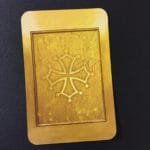 The back design is pretty, and features the Cathar seal. This is a part of the armorial bearings of the Counts of Toulouse and can be seen in the Languedoc region of France, where the Cathars had their final stronghold. This design is therefore also known as the ‘Cathar Cross’.
The back design is pretty, and features the Cathar seal. This is a part of the armorial bearings of the Counts of Toulouse and can be seen in the Languedoc region of France, where the Cathars had their final stronghold. This design is therefore also known as the ‘Cathar Cross’.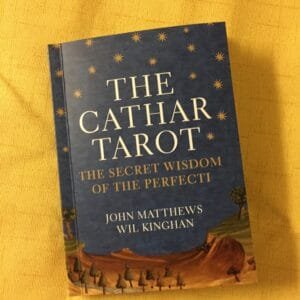 The deck is accompanied by a 112-page full color illustrated book.
The deck is accompanied by a 112-page full color illustrated book.
